Tantris DNA is the casual sister restaurant of Tantris, located in the same building as the main restaurant. It opened in October 2021 initially with head chef Virginie Protat, who trained at the Paul Bocuse culinary institute in Lyon and worked with Guy Lassausae for several years. As of May 2021, the reins have been handed over to Benjamin Chmura, who was formerly chef de cuisine at Troisgros and now oversees both Tantris restaurants. Matthias Hahn, formerly executive chef of Tantris, was actually leading the kitchen brigade this evening. Tantris DNA is a thirty-seat restaurant with an a la carte menu of French dishes. The dining room has well-spaced tables looking out on to a terrace area, which has additional seating for drinks in good weather. The menu was a la carte, though there was also a four-course €225 surprise menu option as well. Starters were priced €42 to €54, mains €64 to €74 and desserts €26.
The wine cellar is shared with the main Tantris restaurant, and a fine cellar it is, built up over more than fifty years. The list had 1,594 labels and ranged in price from €50 to €15,900 with a median price of €220 and an average markup to retail price of just 1.5 times, which is less than half that a typical restaurant in London. Sample references were Domaine Droin Chablis 2021 at €55 for a bottle that you can find in the high street for €33, Marjan Simcic Slovenian Pinot Noir 2011 at €86 compared to its retail price of €44, and Maximin Grunhaus Riesling "Herrenberg" GG 2018 at €95 for a wine that will set you back €66 in the high street. For those with the means there was Clos Rougeard Saumur Champigny Les Poyeux 2008 at €350 compared to its retail price of €428, and Joh Jos Prum Riesling Graacher Himmelreich Eiswein 2002 at €600 for a wine whose current market value is €373. There were many relative bargains too, such as Klaus Peter Keller Riesling G-Max 2017 at €1,250 for a bottle whose market value is €2,226.
We began with a trio of canapés. Tartlet of tartare of veal with lemon zest and Parmesan had a delicate pastry base, the richness of the meat and cheese nicely balanced by the sharpness of the lemon. Tartlet of tartare of salmon trout was mixed with a mayonnaise flavoured with orange and herbs, which worked well. Finally, tartlet of baked mushroom consommé came with dried shiitake and champignons de Paris mushrooms along with a sherry and hazelnut vinaigrette. This again had good balance and the same excellent pastry: a classy set of canapés. An alternate canapé for non-carnivores was a choux pastry with curried potato, which also worked well (17/20 canapés). A further amuse bouche was marinated grey mullet with lightly pickled cucumbers, a hint of chilli, all resting on a bed of koji rice topped with fish roe. This was all very pleasant, and though the mullet has quite a bland flavour, the slight sourness of the pickling juices and the touch of spice lifted the dish; for me a little more spice would not have gone amiss (16/20).
Sourdough bread was made by the Tantris bakery and had excellent texture, served with good Normandy butter. The first formal dish of the meal was white asparagus served with a creamy sauce with chives, capers and tips of wild green asparagus. The asparagus was from Domaine Roques Haute in the south of France and was superb, precisely cooked and lovely flavour and tender texture, the creamy herb sauce just lifting the dish (18/20).
Next, I had pate en croute, inside the pastry case being a rich mixture of foie gras, calf sweetbread, duck, pork and pistachio, with a vinaigrette of fermented mustard seeds and salad of bitter leaves. The pastry was delicate and the filling was superb, the bitter leaves and the vinaigrette nicely balancing the richness of the pate. This was top notch pate en croute, and I say this having tried some from an actual world champion of pate en croute in Lyon (18/20).
An additional surprise dish was leek purée with brown butter and caviar from the Paris supplier Petrosian. This was a dish from the earlier days of Tantris, a pleasing contrast between the earthy leek, the rich butter and the saline luxury of the caviar (17/20). The next dish we tried was langoustines from Brittany, fried in breadcrumbs and served with oscietra caviar, wild green asparagus from the south of France and a sauce gribiche. The latter is a cold egg sauce made by emulsifying hard-boiled egg yolks and mustard with a neutral oil, then finished with chopped pickled cucumbers, parsley, capers, chervil and tarragon. This particular sauce gribiche was nicely judged, having just enough sharpness to balance the natural sweetness of the langoustines, which themselves were beautifully cooked (18/20).
We tried two main courses. Red mullet with spinach and chorizo came with fennel salad, olives and capers. On the side was a paella with caramelised clams, pesto and squid. The mullet was cooked nicely enough but was not the best specimen I have eaten. The paella rice had good texture, the squid remaining just a little firm in texture (15/20).
Pigeon was from the same supplier in Loire that Troisgros use. This was baked in a bread crust and carved at the table, served with a beetroot sauce and bak choi, white carrot and pickled radish. There was a sauce salmis, where the pigeon meat is sliced and reheated in the sauce. The vegetables were nicely cooked and the earthy beetroot is a logical pairing for the rich pigeon, but the meat itself was a touch underdone, not just pink but for me a little undercooked; the sauce had quite good depth of flavour (14/20).
A dessert trolley was wheeled alongside the table, something that has largely gone out of fashion these days, but was once the way that desserts were served in grand restaurants. I still remember the pair of dessert trolleys at Jamin in Paris in the glory days of Joel Robuchon, the trolleys groaning with magnificent pastries. This one was not quite in that league but certainly looked very appealing. There was a rhubarb cookie with yoghurt cream and vanilla, but we opted for a strawberry and hazelnut biscuits concoction flavoured with vanilla cream, which was excellent, the new season strawberries having lovely flavour (16/20). Other offerings included pear with lime biscuit, crème diplomat with Earl Grey and vanilla flavour, and chocolate with vanilla and tonka bean cream, with a milk chocolate mousse dipped in dark chocolate and fleur de sel. I opted for the final choice, apricot and pistachio pastry basket with apricot pulp, pistachio cream, white chocolate ganache and confit apricot (15/20).
Coffee was from a Munich roaster called “Man v Machine”, their “Dark Night” blend of mostly Brazilian coffee, which was very good. This came with a pate fruit of rhubarb, which was rather chewy and disappointing, a good Peruvian chocolate ganache praline, and very good nougat of pecan nut with barberry, pistachio and almond.
Service was really excellent throughout the evening, the staff being friendly and attentive, the wine topping up hard to fault. We were being treated this evening so I did not see the bill, but if you ordered three courses and shared a modest bottle of wine then a typical cost per person might be around €175 (£151) or so. Tantris DNA was a lovely experience, with dishes such as the langoustine and the white asparagus being better than the single star Michelin rating that the restaurant holds.



















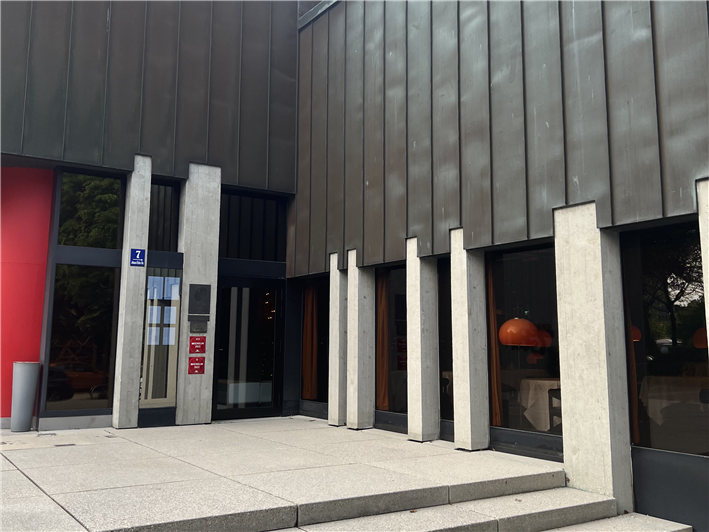


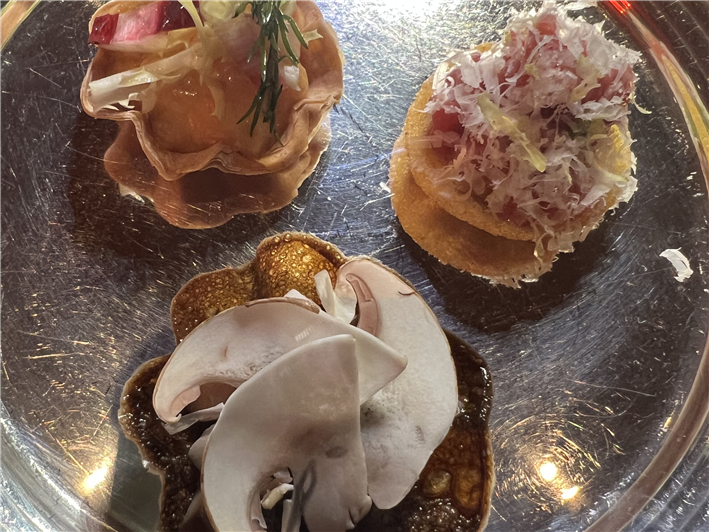
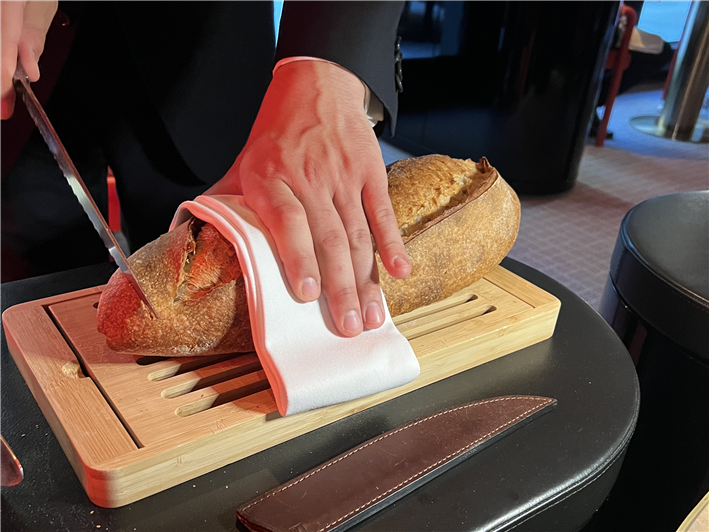

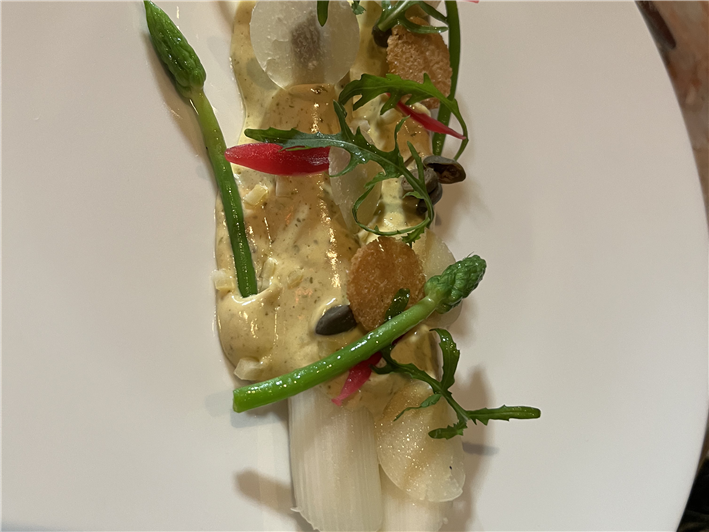

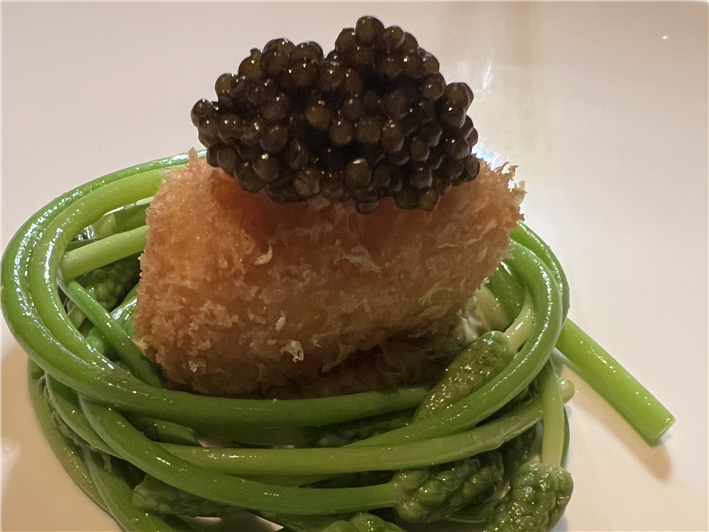
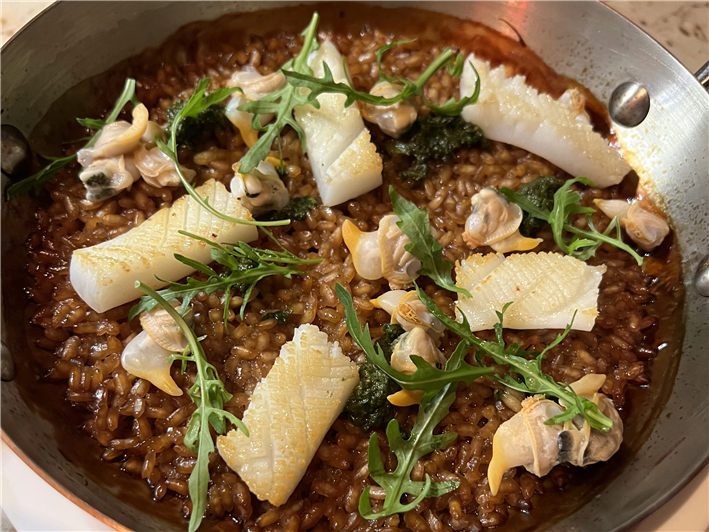
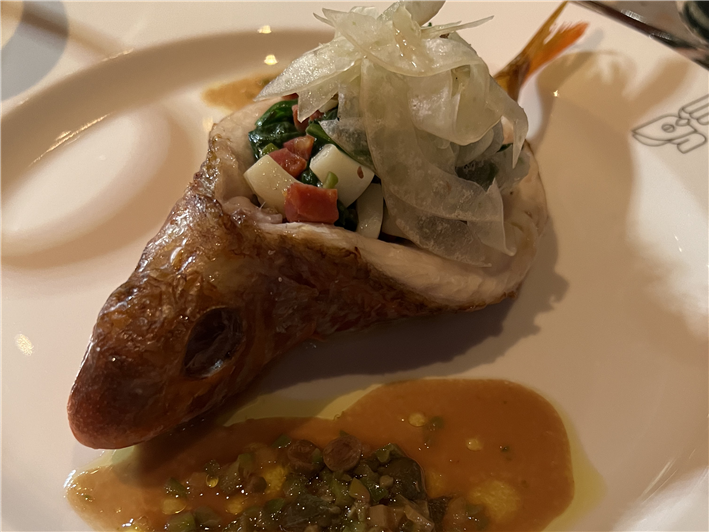

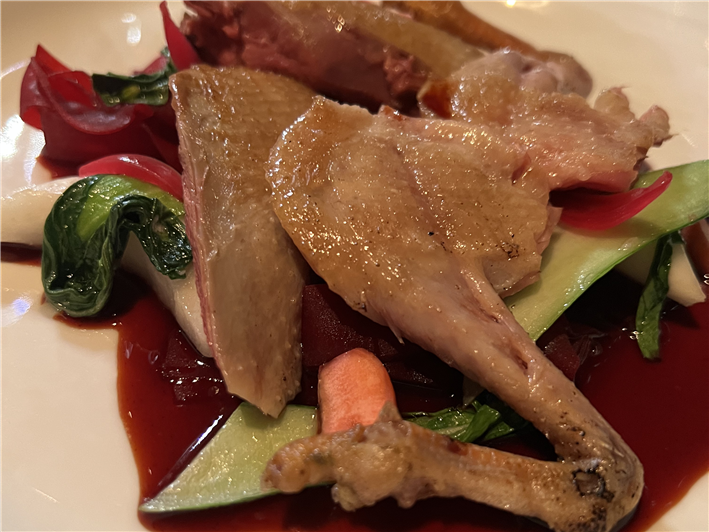
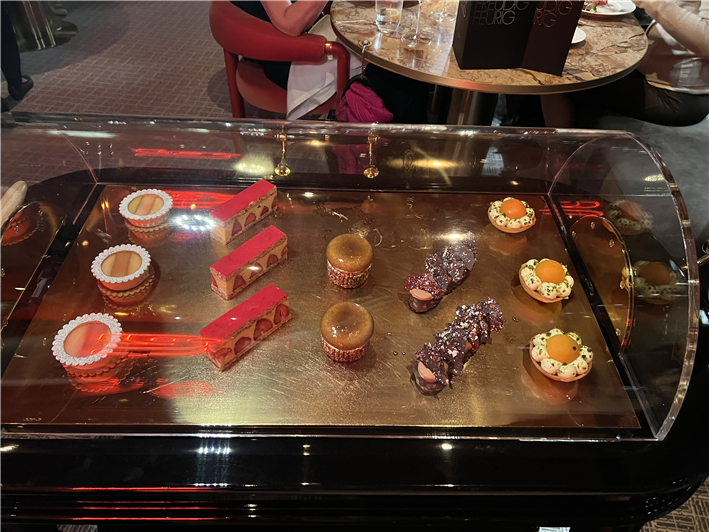



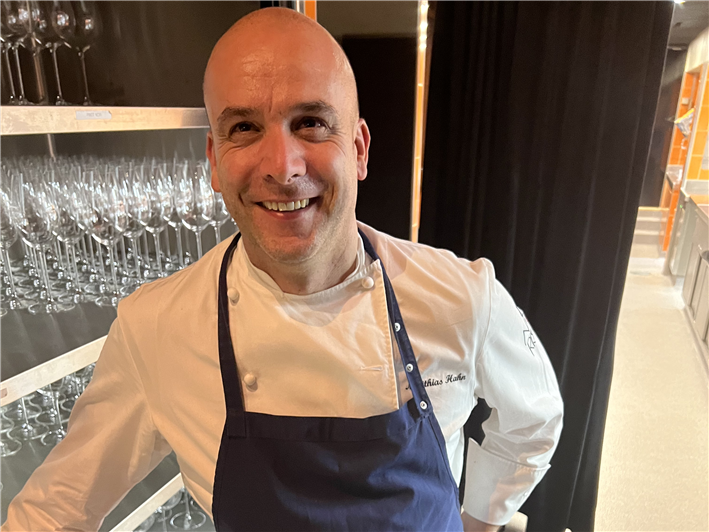

Add a comment
Thank you for submitting your comment, this will be checked and added to the website very soon.
User comments